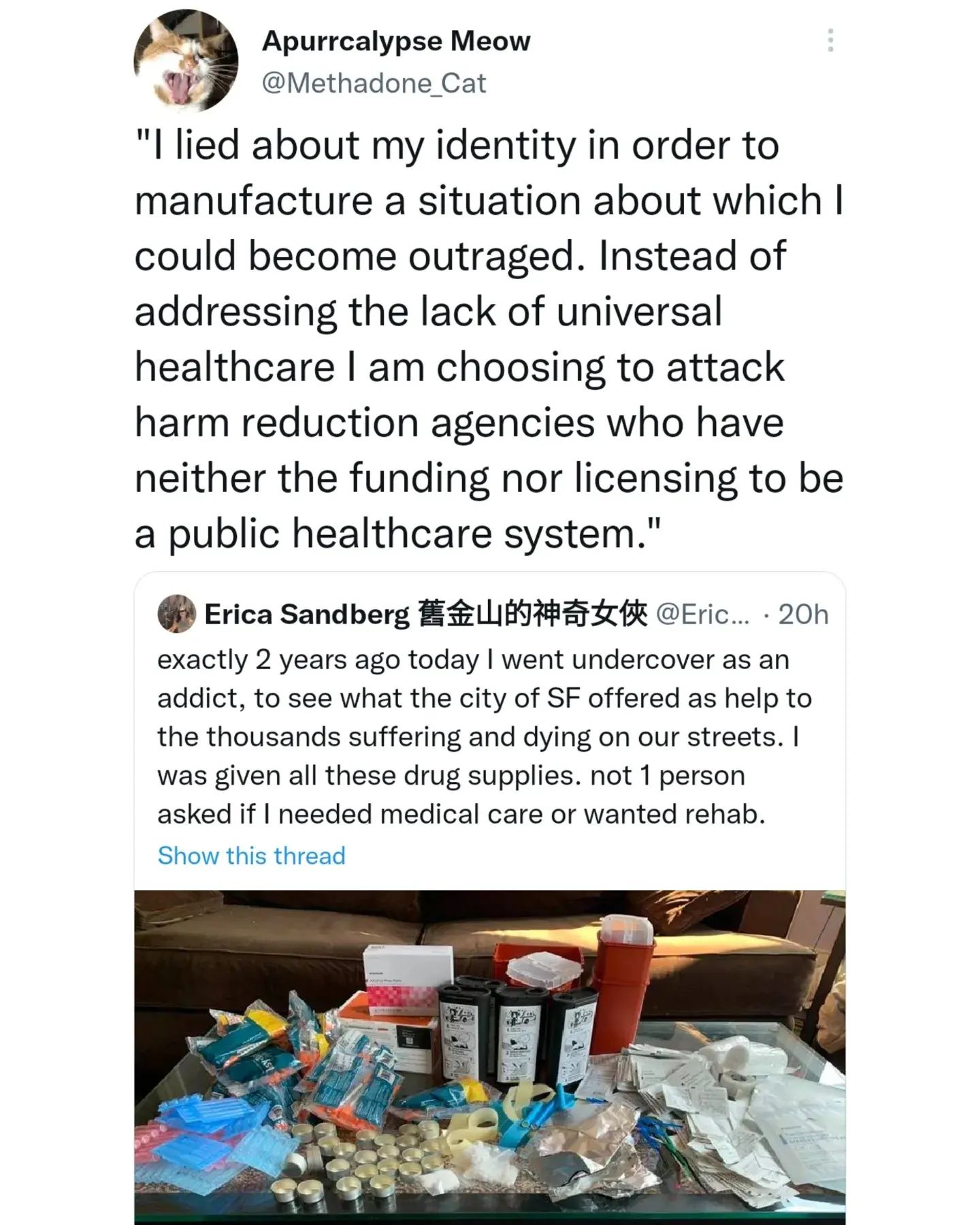
Ecstasy Nearly Killed Me, But I Will Take it Again
That’s the spirit!
Honestly, this was probably most of us with our drug experiences. People wouldn’t have so many traumatizing or abusive patterns with substances that have immense, long-term benefits if harmreduction was taught instead of anti-drug propaganda that discourages any use and perpetuates misinformation, like it “puts holes in your brain” (what the fuck?).
In relation to the recent study I posted, MDMA users display significantly greater emotional and cognitive empathy when compared to the non-MDMA poly-drug group with MILD, long-term use. Key word being mild. We don’t know what mild is. Most people will take the amount that they are given—especially in pressed pill form (even if it’s lab tested, in the US the DEA doesn’t allow measured quantities to be revealed), which as of roughly 2014, can be extremely strong even when they contain only MDMA. There was a time when I recall 200mg capsules being a default serving. This is well above an active dose—and many people take doses that high, sometimes regularly.
These drugs aren’t coming in a labeled bottle that says take 1 60mg capsule no more than twice a day, every 6 weeks (I’m just making up that number, Shulgin suggests no more than 4 times a year FYI) and warning labels that say “don’t mix this with x, y, or z”. Some people end up mixing it and having adverse reactions. Some people take it and do activities that will exasperate adverse side effects. Some people have pre-existing conditions. However, the reality is that a substance like MDMA on its own is relatively safe. The highest number of drug-related deaths due to MDMA/ecstasy use in England and Wales from 1993 to 2017 in any given year was 63. In the US, I think around 2013 it was 34. That means you had a higher likelihood of getting struck by lightning and dying than taking MDMA and dying when you consider your safety.
Related posts




